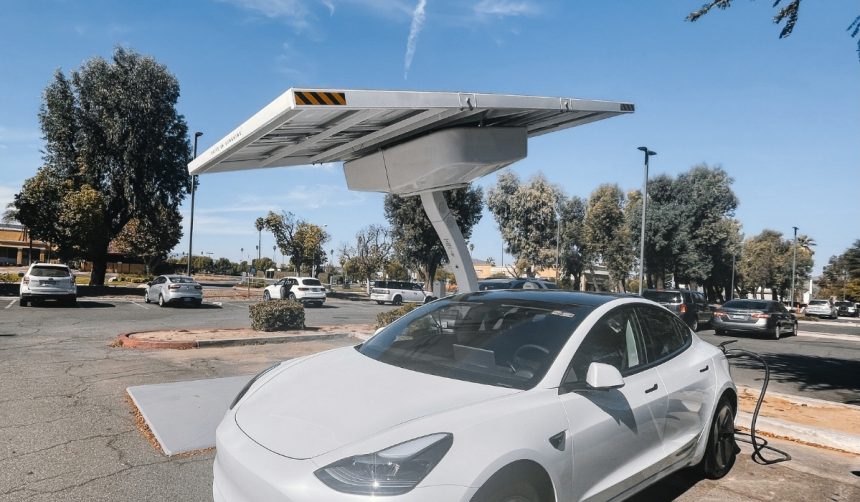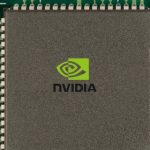Tesla’s new Full Self-Driving (Supervised) software version, FSD V14.2.1, is drawing significant attention from the Tesla community. Drivers are sharing detailed feedback about their experiences, with many reporting a noticeably more responsive system during routine commutes and in challenging environments such as rural snowy roads. Even subtle changes, like improved sign recognition, are being carefully examined by long-term users. With software-assisted driving gaining greater acceptance, these impressions are sparking conversations around how Tesla adapts its advanced driver assistance suite for everyday safety and ease of use.
Insights from earlier FSD iterations show that Tesla’s commitment to iterative updates often resulted in both praise and skepticism, especially regarding system smoothness and attention to dynamic road conditions. Previous releases faced criticism for abrupt interventions or sporadic disengagements, particularly in complex weather or traffic scenarios. Compared to earlier updates, V14.2.1 seems to be generating increased user confidence and fewer negative reports, indicating notable steps in the refinement of automated navigation and user monitoring.
How Are Early Adopters Responding to FSD V14.2.1?
Initial reactions from Tesla owners suggest V14.2.1 introduces a more balanced approach between assertiveness and caution. Testers report fewer abrupt corrections, smoother lane navigation, and enhanced sign detection compared to previous releases. Some drivers emphasize a perceptible decrease in false warnings, including during adverse weather, highlighting the software’s growing ability to handle diverse driving conditions.
What Improvements Stand Out in Real-world Tests?
In controlled scenarios like snow-laden rural roads and school zones, the updated software is recognized for cautious but effective maneuvering.
“The car feels more alive than ever, and each new update increases its refinement,”
stated one driver after extensive testing. Another owner observed,
“Navigation is snappy when changing, and the system is incredibly assertive but still safe.”
These observations are supported by footage of FSD V14.2.1 successfully negotiating multi-lane freeway closures and adjusting speed in response to complex sign recognition tasks.
Does Sign Recognition Meet Expectations?
Feedback points to improved system awareness when reading dynamic signs, such as those found in school zones. While some minor limitations remain—like delayed speed reduction—the software generally interprets the rules more effectively than before. Release notes indicate that camera visibility impacts attention monitoring, hinting at ongoing adjustments to in-cabin driver assessment.
Tesla’s V14.2.1 update aligns with the company’s continued pursuit of refining its automated driving capabilities without removing the need for human oversight. Regular, incremental enhancements mean that each software version gradually addresses gaps revealed by daily use, user feedback, and changing road situations. For readers considering FSD features, consistent community-driven assessments provide a realistic perspective on both the progress made and the steps still to come. Staying informed about FSD development, especially through diverse user experiences in different environments, remains critical for understanding the potential and current limits of semi-automated driving technology.








